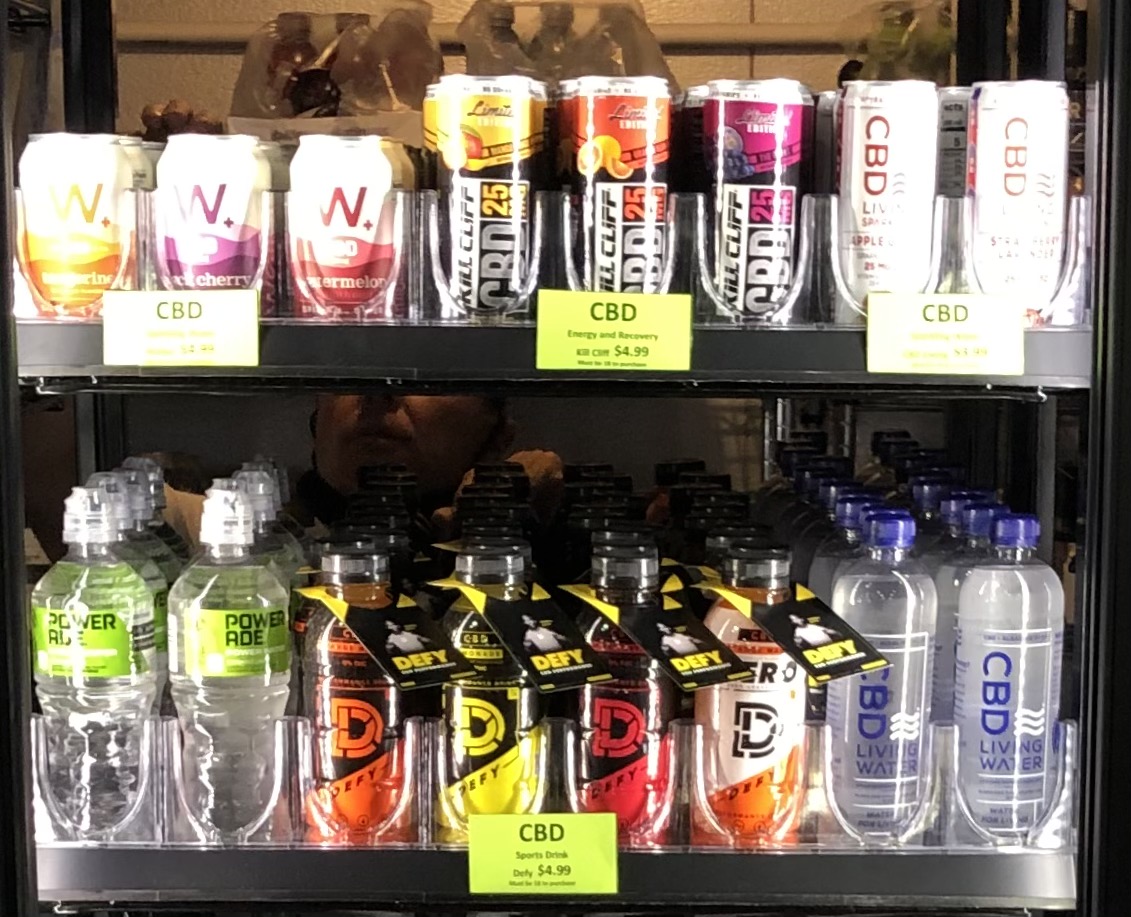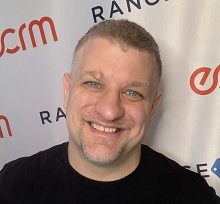Driving Trial in the CBD Category: How Betterment Retail Solutions Does It 1/13/2021
.png) When it comes to selling CBD to mass retail consumers, generating trial is critical if you are looking to tap into the vast swath of shoppers who are new to the segment.
When it comes to selling CBD to mass retail consumers, generating trial is critical if you are looking to tap into the vast swath of shoppers who are new to the segment.
But it’s far from easy. Retailers must drive awareness of the segment, furnish a wealth of information quickly and in a format that’s easy-to-understand, have a product assortment that caters to a variety of needs and tastes, and a price-point that is not too prohibitive. Successfully executing on this, however, can open a wealth of opportunity among the millions of mass retail shoppers that peruse the aisles each day.
Betterment Retail Solutions, a wellness distributor based in West Des Moines, Iowa, has developed many such successful programs for the retailers it serves – which count among them convenience store chains Yesway and Kwik Chek – and from its work with retailers and brands has gained a ton of insights on what drives CBD success at the shelf.
For the past two years, BettermentRS has been serving as a “middleman” of sorts between retailers and the CBD supplier community. On the retailer side, it sources products, educates executives and store leadership on the category, and – as a DSD vendor – it also handles merchandising and replenishment at the store level.
LISTEN TO THE FULL INTERVIEW
“We help them to focus their attention on the products we think are the best fit for their retail space and customer base,” says Dorsey Sparks, President of BettermentRS. “For suppliers, we leverage our industry knowledge to help them present their products and develop programs and trade spend to support them.”
Based on her experience working at the intersection of retailers, suppliers and consumers for the past two years, Dorsey has zeroed in on a few key areas of focus for driving successful CBD programs: location, assortment, merchandising and pricing, each of which has be managed a little differently when it comes to CBD versus other categories.
Location! Location! Location!
Location in the store is critical for attracting new CBD customers, including crystal-clear signage alerting shoppers to your offerings. “You don’t want to give the customers a homework assignment,” says Sparks. “If they are not waking in the store intending to buy a CBD product, and they don’t see the display, then nothing is going to trigger that CBD purchase. Not only do you have to pivot them from their intended purchase, you have to make it possible for them to make their decision on CBD in a split-second.”
This is where signage and other messaging kicks in. They need to see at a glance and understand what the product offering is immediately. While educating the store associates on CBD is important, you still need to ensure that the corresponding product packaging, signage and displays can deliver as much of this information as possible so that the shopper doesn’t have to depend on a store associate’s availability to consult with them on CBD products.
One thing Sparks finds helpful in this area is creating rack cards with FAQs that are placed at the point of sale or at the CBD displays to provide shoppers with a quick education on CBD and the various products that are available. In a fast-paced retail environment, these can replace the need for a conversation, and Sparks says the store associates also find them useful for educating themselves.
Of course, social media, digital content and promotions should complement the signage and merchandising in the store. “Anything we can do to educate the consumer on what CBD is and drive them to try it for the first time is going to raise all of the ships in the harbor,” says Sparks.
Assortments and Gen 2 CBD products
When it comes to CBD product assortments, the quickest way to drive trial, according to Sparks, is by offering a variety of multi-vendor products that already mimic those products with which consumers are already familiar, which she refers to as “Gen 2” products. “We’re seeing tremendous success with Gen 2 items such as beverages, packaged snacks, smokables, and gummies, because these are the types of products people are already consuming,” she says. “So while tinctures may be unfamiliar territory [to a new CBD consumer], they know immediately what to do with a bottle of water. You don’t have to read the package directions. You don’t have to do research. There is already a huge market out there for these types of items.”
This was the strategy Betterment used at Yesway. It began with CBD water on a floor display, and following an overwhelmingly positive response, introduced a multi-vendor counter display with a variety of items such as chocolates, gummies and shots. BettermentRS also recently expanded Yesway’s CBD beverage selection across multiple vendors and beverage types.

The price has to be right
One big difference between Gen 1 and Gen 2 CBD products is that the Gen 2 product price points are more conducive to driving trial. While a shopper may not want to spend upwards of $30 to try a tincture, they’ll drop a few bucks on CBD gummies or beverage to try it out. Once they have had a favorable experience with one of these CBD products, they are more willing to try out others in the set. “Those familiar items are a great introduction to CBD,” says Dorsey. “Over time they migrate over to the more traditional CBD products in the Gen 1 space. Asking somebody to pay significantly more for a product they haven’t tried yet, particularly when they didn’t go into the store specifically looking to purchase it in the first place, is a pretty big request. You either have to have a compelling offer behind it or a reasonable price.”
Another benefit of these lower-priced Gen 2 items is that they don’t have to be locked up behind a counter, which can also discourage trial.
Multi-vendor merchandising
As a big proponent of multi-vendor merchandising, Sparks regularly meets with vendors (she’s a regular participant in ECRM CBD programs) and in addition to vetting the quality of their products and manufacturing processes, she pays particular attention to the added-value vendors provide to the retailers. “Many vendors have fantastic products, so you have to evaluate how they will differentiate themselves and make it successful for the retailer,” she says. “What kind of marketing programs do you have? What kind of trade spend? What margins will you offer the retailer? Many vendors who are looking to compete in the space are bringing their product prices down to the level of their non-CBD counterparts. Whatever you can do to help drive trial at the store, to help the retailer win, that’s what we want to hear about.”
Indeed, brands can view it this way: If they can demonstrate to retail buyers how they help will drive trial in the store, the buyers will be more likely to run a trial with their products.
ECRM 2021 CBD PROGRAMS
- Convenience: Hemp/CBD (January 25 to 28, 2021)
- Winter Hemp/CBD Health & Beauty Care (February 1 to 5, 2021)
- Contract Services Program for Pharma, OTC Health, Supplement & CBD Brands (July 13 to 15, 2021)
- Summer Hemp/CBD Health & Beauty Care (August 2 to 6, 2021)
- Contract Services Program for Beauty, Skin, Personal Care & CBD Brands (October 11 to 13, 2021)
- CBD & Hemp Food & Beverage (October 19 to 21, 2021)
- Pet & Pet CBD (October 25 to 28)

